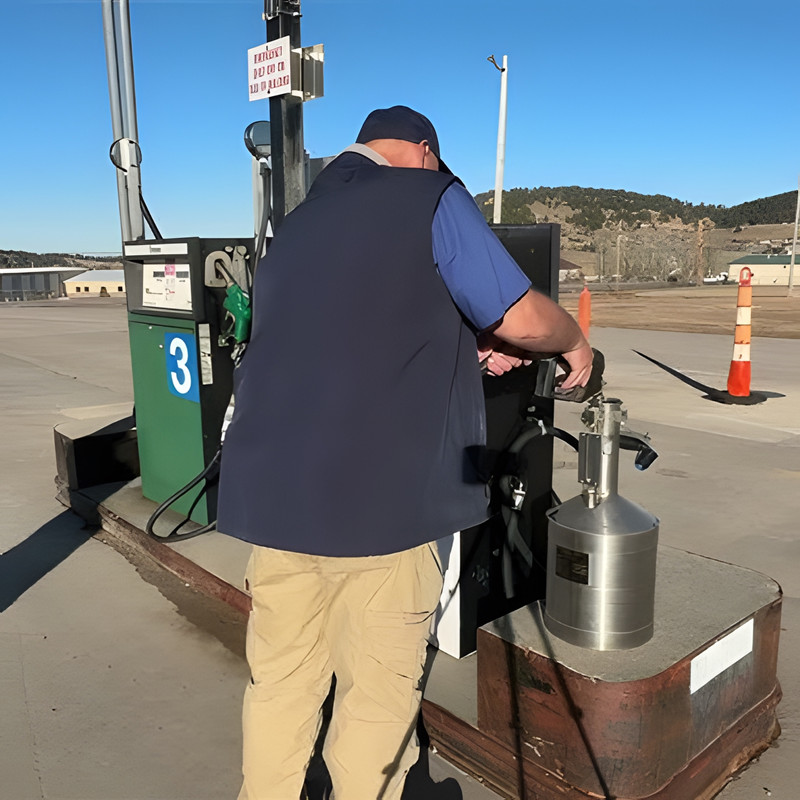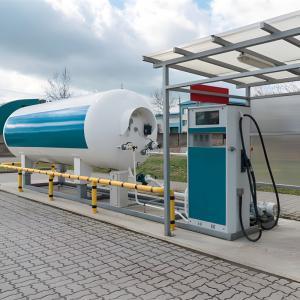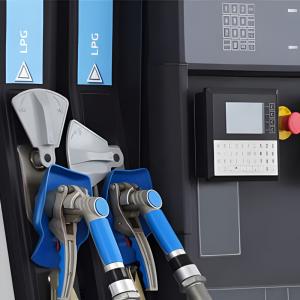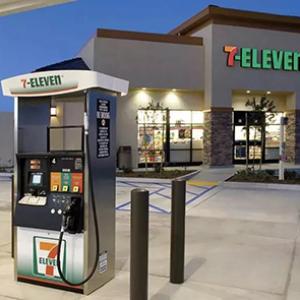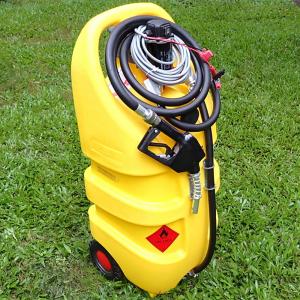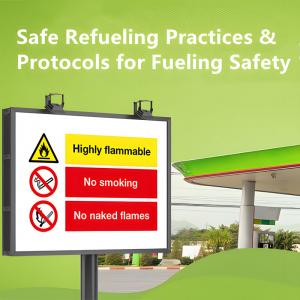Smart Calibration and Green Fuels Precision
Smart Calibration and Green Fuels: How Precise Metering Is Redefining the Future of Energy?
At the gas station, when a truck fuels up with diesel, have you ever wondered how every drop is precisely measured, even at flow rates exceeding 100 liters per minute? As ethanol gasoline corrodes traditional Flow meters, who safeguards consumer rights? In this era of efficiency and environmental consciousness, fuel metering technology is undergoing a silent revolution.
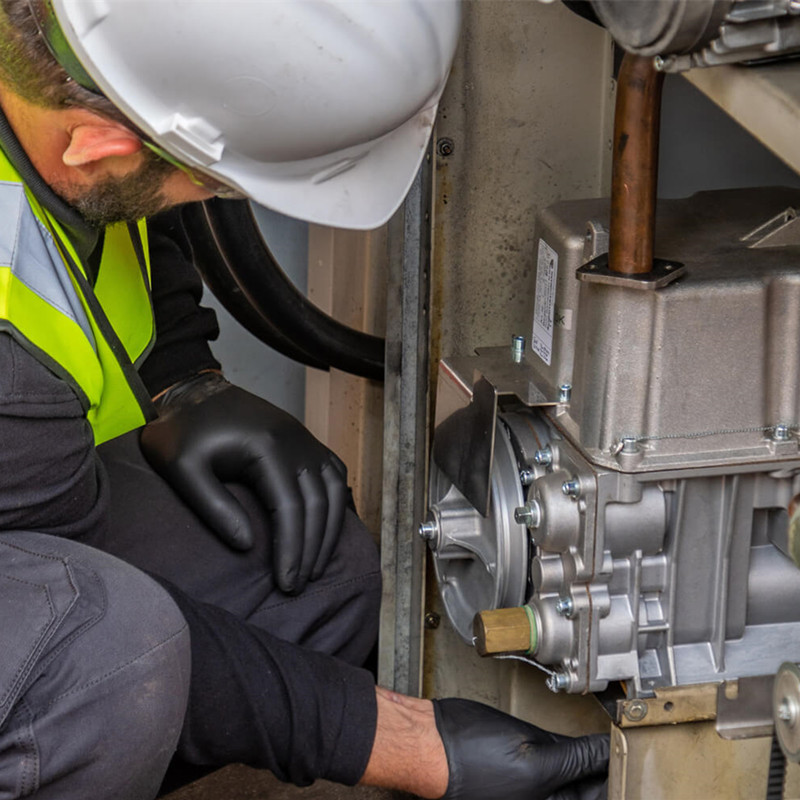
When the Fuel nozzle Meets AI: An Unseen Technological Battle
At a gas station in Brazil, an AI vision-based Flow meter system just thwarted its 37th attempt at metering fraud. This leap from traditional mechanical gauges to smart sensing is happening behind the scenes:
-
The turbine blades of a high flow diesel Fuel pump are now made of carbon fiber to resist the corrosion from biodiesel.
-
A miniature spectrometer embedded in the flow meter for petrol can analyze ethanol content in real-time and automatically calibrate itself.
-
In a Dutch port, an ATEX flow meter has completed its 100,000th safe refueling in a hydrogen environment.
These scenarios reveal a crucial fact: today’s fuel metering has evolved beyond simple "counting." It has become a technological cornerstone that balances efficiency, environmental protection, and fairness.
The Metering Dilemma of Green Fuels: When Traditional Equipment Meets E20 Gasoline
After Thailand fully implemented E20 gasoline in 2024, many gas station flow meters experienced metering deviations. The problem points directly to an industry pain point:
-
Material Conflict: Ethanol corrodes brass components up to 8 times faster than conventional gasoline.
-
Accuracy Crisis: Density fluctuations in biodiesel increase the measurement error of traditional volumetric meters by up to 1.2%.
-
Regulatory Minefield: The new Euro 7 standards: the new rules for vehicle emissions require flow meters to simultaneously meet MID accuracy standards and ATEX explosion-proof certification.
We have developed a multi-fuel adaptive flow meter that uses a ceramic rotor and a self-cleaning flow path design, maintaining 0.3% accuracy in tests with Brazilian sugarcane ethanol. This is equivalent to an error of no more than a coffee cup's worth for every 10,000 liters dispensed.
The Calibration Revolution: From "Annual Inspection" to "Second-by-Second Self-Diagnosis"
Pablo, a gas station manager in Argentina, no longer needs to shut down his fuel dispensers for monthly inspections. His equipment now:
-
Initiates ultrasonic self-flow meter calibration at 3 a.m.
-
Synchronizes calibration certificates with regulatory bodies via a blockchain.
-
Intelligently adjusts hydraulic compensation parameters during heavy rain.
This real-time calibration capability has boosted the operational efficiency of the fuel retail industry by 40% while reducing metering disputes to one-fifth of what they once were. Additionally, this technology is also improving the reliability of Tank Gauges Maintenance, ensuring accurate inventory tracking and reducing environmental risk.
The Smart Evolution of Explosion-Proof Equipment: When Safety Meets Big Data
In a 55°C desert gas station in the UAE, ATEX flow meters are implementing a new safety logic:
-
Vibration sensors provide warnings when bearing wear reaches 0.1mm.
-
Electrostatic elimination modules have a response time of just 50 milliseconds.
-
A machine learning model, trained on 100,000 sets of explosion parameters, has developed a risk prediction algorithm.
This is no longer a simple explosion-proof certification; it's an intelligent safety ecosystem that "thinks." This same advanced intelligence is also being integrated into the Fuel pump itself to enhance safety and performance.
A New Line of Defense for Fair Trade: When Metering Meets Blockchain
In Mexico City, every fuel transaction generates a digital fingerprint containing the following elements:
-
Flow meter serial number
-
Real-time temperature and viscosity compensation data
-
Calibration timestamp
-
Operator biometric information
Since the system's implementation, local fuel theft cases have dropped by 72%. This technology is critical for ensuring compliance with the stringent new Euro 7 standards: the new rules for vehicle emissions.
The Future Is Here: Metering Technology Redefines Energy Trust
As hydrogen-powered heavy-duty trucks in Norway begin to use quantum flow sensors, and gas stations in India use AR glasses for on-site flow meter calibration, we are witnessing a new era. Fuel metering is no longer a passive recording tool. It has become an intelligent node that proactively optimizes energy efficiency, ensures fair trade, and drives green transformation.
The ultimate goal of this transformation is to ensure that the journey of every liter of fuel—from the refinery to the engine—is built on a foundation of precision, transparency, and sustainability. And at the forefront of this technology, we are writing this new covenant of energy fairness with millimeter-level ceramic rotors and nanosecond-responsive algorithms.
